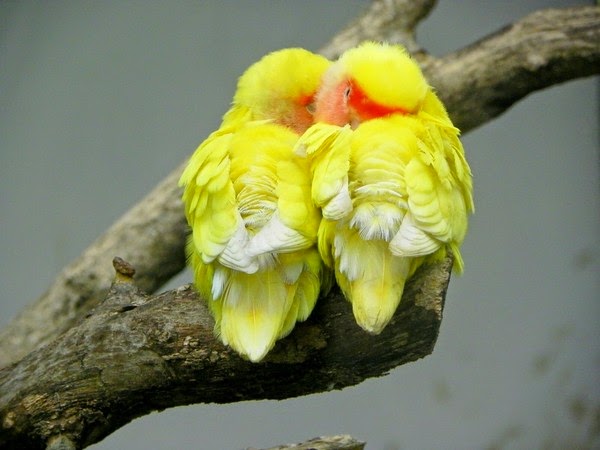With a long history of more than 400 years,
the Yuyuan Garden ,
also known as the Yu Garden, is the most celebrated classical Chinese garden in
Shanghai South China ".
Located beside the City God Temple in the
northeast of the Old City of Shanghai, Yuyuan Garden was built during the Ming
Dynasty (1577), 400 years ago. There is a impressive story about the garden. It
is a residential garden built by Pan Yunduan, minister of finance in Sichuan Province
The garden was inherited by Zhang Zhaolin,
Pan Yunduan's granddaughter's husband, and then passed to different owners. A
section was briefly organised by Zhang Shengqu as the "Academy of Purity
and Harmony" and the Ling Yuan ("Spirit
Park "), today's East Garden West Garden
A centerpiece is the Currow ancient stone,
a porous 3.3-m, 5-ton boulder. Rumours about its origin include the story that
it was meant for the imperial palace in Beijing ,
but was salvaged after the boat sank off Shanghai
When you penetrate deeper, it seems you are
getting lost in a maze: the landscape seems to wind on forever as the gardens
are purposefully designed to distort space and distance. And the elegant wood
carving or engraving you come arcoss, are the obvious characteristics of the
gardening style of the Ming and Qing dynasties. The more you step inside, the
more you get fascinated for Yuyuan Garden, a maze of houses, grottoes,
pavilions, lotus ponds, and zigzag bridges crossing streams, a maze in a
Chinese way.
For more information, please visit http://top-chinatour.com
For more information, please visit http://top-chinatour.com





























.jpg)












